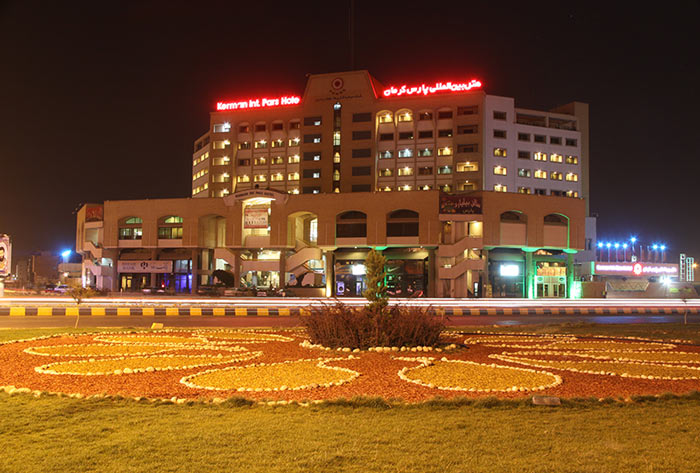The Historical Malek Mosque in Kerman
Intricate Design, Rich History, and Religious Importance

Kerman, one of Iran’s populous cities, is known for its vast altitudes and moderate desert climate. With a long and significant history, it is considered the fifth historical city in Iran, hosting about 7,000 historical attractions. Among these is the Malek Mosque, a site of profound historical value.
History of the Malek Mosque
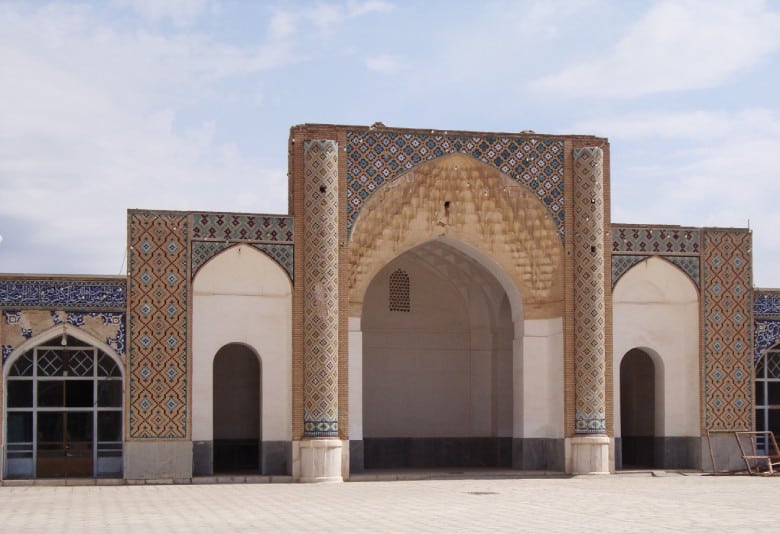
The Malek Mosque, also known as the Imam Khomeini Mosque, was constructed during the Seljuk era. Built around 478 AH (Islamic lunar calendar), the mosque was commissioned by Malek Touran Shah I. This historical masterpiece, showcasing the architectural brilliance of its era, was registered as a national heritage site in Iran in 1346.
Architecture and Sections of the Mosque
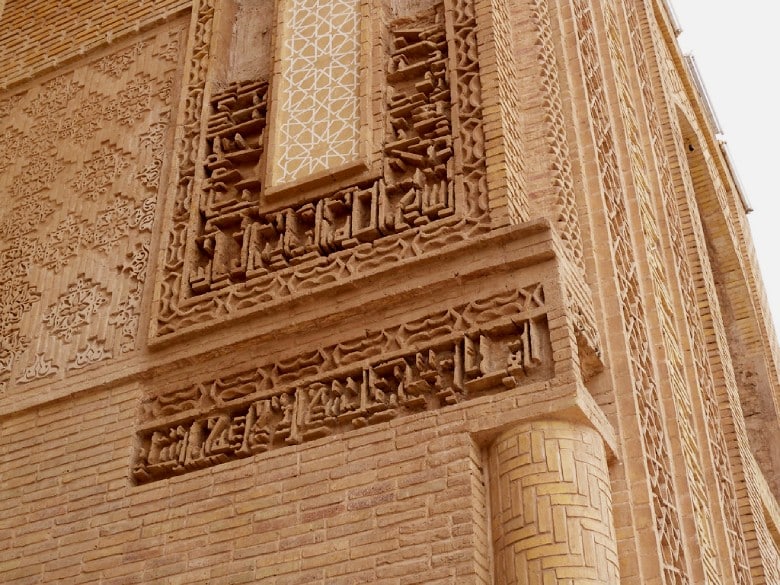
Each Iranian mosque bears unique characteristics from specific historical periods, reflecting the artistic taste and intelligence of our ancestors. In the Seljuk era, mosques were designed with four iwans (porches) and a central dome. The Malek Mosque, spanning 900 years, features various prayer halls and a courtyard exceeding 9,000 square meters. The largest iwan on the western side is adorned with intricate brickwork. Its mihrabs (prayer niches), dating back to the Buyid dynasty, are beautifully decorated with stucco work.
Diverse Mihrabs and Renovations
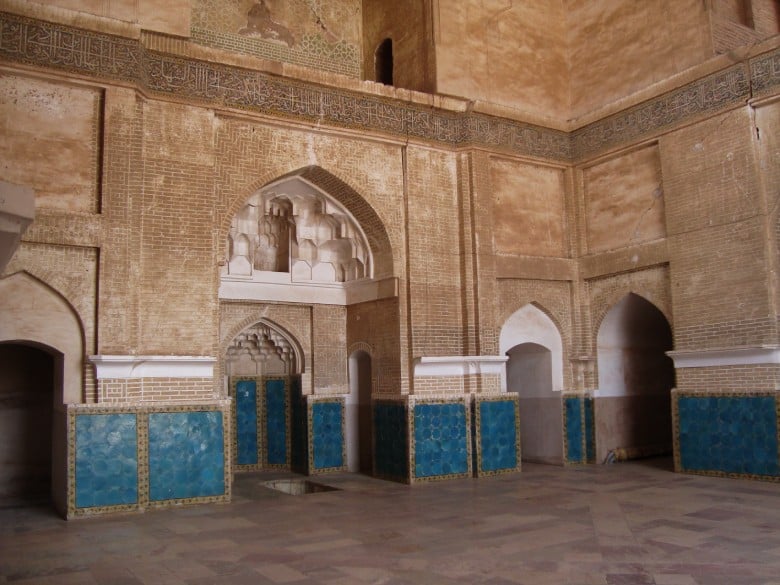
The mosque contains several mihrabs, with one relocated to the rooftop of the Imam Hasan prayer hall during restorations. This particular mihrab dates back 150 years before the Seljuk era, to the time of the Buyids. The mosque has three entrance doors. In the past, there was a 4-meter-high water feature for ablutions, sourced from a qanat, now replaced with stone pavings due to the qanat’s dryness. The famous Seljuk tower, once standing at 6 meters, has partially deteriorated. The mosque’s low-height entrance doors, a Seljuk tradition, symbolize humility upon entering the sacred space.
Location and Cultural Immersion
Situated in the old Shah Adel neighborhood of Kerman, the mosque offers visitors a chance to stroll through the city’s historical fabric.
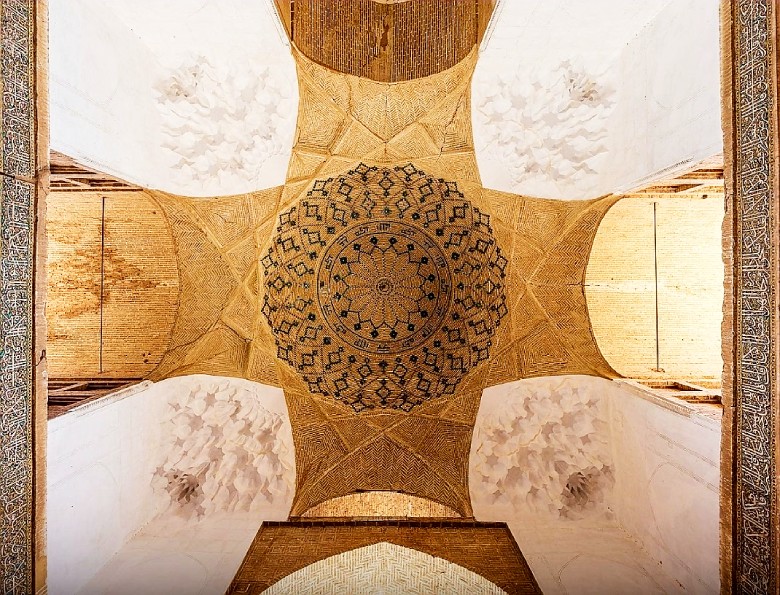
Visiting Conditions
Visiting the Malek Mosque in Kerman, also known as the Imam Khomeini Mosque, is free of charge, allowing easy access to this historical treasure.
Access and Transportation
As many travelers prefer using their vehicles for convenience and to avoid parking issues, the mosque’s location in Kerman is easily accessible by various means of transport.
To delve deeper into Iran’s rich historical and cultural heritage, consider exploring SURFIRAN and OrientTrips, which provide extensive travel guides and services for a comprehensive experience in Iran.
